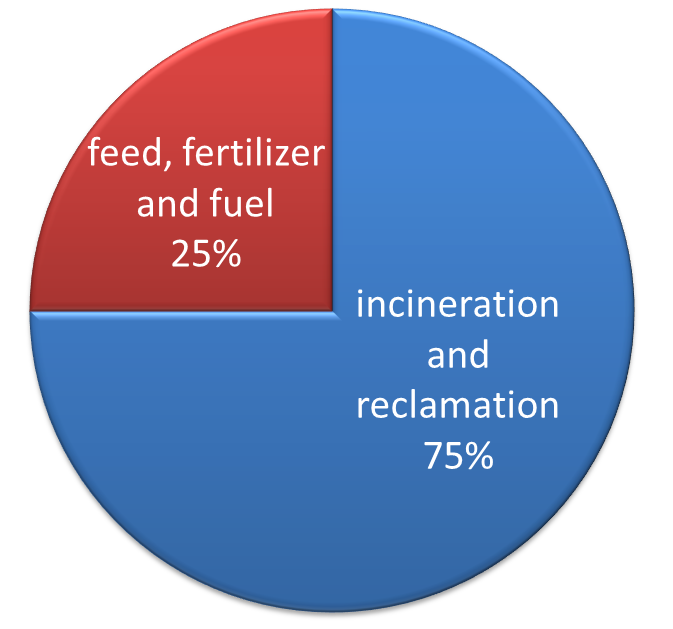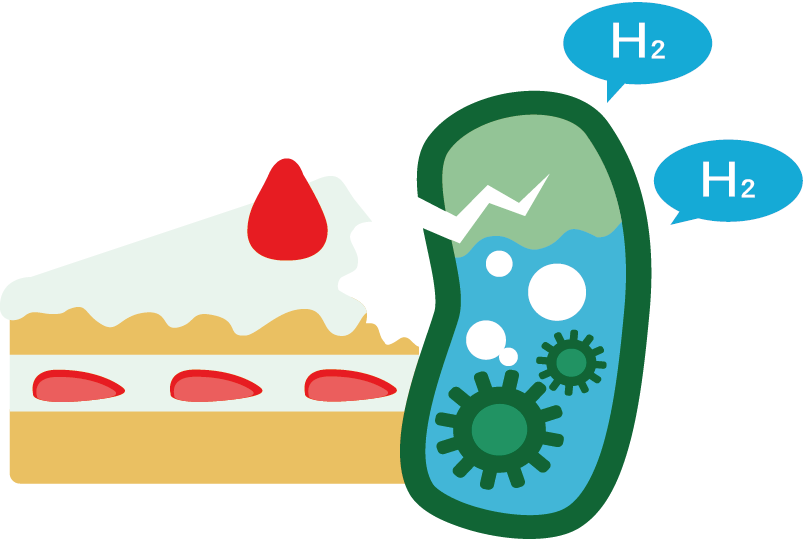Team:UT-Tokyo/Project/H2 E.coli/Background
From 2012.igem.org
| (6 intermediate revisions not shown) | |||
| Line 2: | Line 2: | ||
<!-- subpagename=の後の「ページ名」部分に、このページの名称を記述してください。 --> | <!-- subpagename=の後の「ページ名」部分に、このページの名称を記述してください。 --> | ||
<html> | <html> | ||
| - | </p><img id="abstimg" src="https://static.igem.org/mediawiki/2012/d/d3/UT-Tokyo_blank01.png" alt="box-background image" /><p> | + | </p><img id="abstimg" src="https://static.igem.org/mediawiki/2012/d/d3/UT-Tokyo_blank01.png" alt="box-background image" /> |
| + | <img id="abstimg" src="https://static.igem.org/mediawiki/2012/0/0e/UT-Tokyo_water1.jpg" alt="box-background image" /> | ||
| + | <p> | ||
<!-- ここから</p>の前までを編集してください --> | <!-- ここから</p>の前までを編集してください --> | ||
| - | + | Here we explain the Background of H<sub>2</sub>''E.coli'' project. | |
</p></div><p></html> | </p></div><p></html> | ||
<!-- 以下テンプレ部分まで自由記述 --> | <!-- 以下テンプレ部分まで自由記述 --> | ||
Latest revision as of 23:46, 26 September 2012
H2 E.coli: Background


Here we explain the Background of H2''E.coli'' project.
Background
1.3 billion tons of food that is approximately one third of total global food production is lost or wasted every year. Such a shocking truth has been reported by the FAO (Food and Agriculture Organization). Although wasted food and beverages contain energy in the form of sugar, 75% of this commercial food waste is disposed by incineration and reclamation in Japan. Only the remaining (25%) is converted into feed, fertilizer and fuel.

A lot of wasted food and beverage are disposed without getting energy from it. Such large inefficiencies surely deserves some attention.
To ameliorate this situation, we sought out methods to convert more commercial food waste into fuel. Currently, there are two primary ways to get fuel from commercial food waste; to generate solid fuels and to generate methane by using Methanogen. However, our proposed method synthesizes fuel in the form of hydrogen by using E. coli that can produce hydrogen from glucose. There are two main reasons for this choice. First, commercial food waste is often wet and cannot be readily converted into solid fuels. To do this, water needs to be removed from the waste, and energy expenditure may become greater than the energy that is produced. Second, demand for hydrogen as an energy source is increasingly exceeding that of methane primarily because the dissemination of the fuel cell and the electric motorcar is progressing.
In addition, the price of crude petroleum is rising and it may be drained to nothing in the future, increasing the need for an alternative energy source, such as hydrogen. In other words, hydrogen production by E. coli. not only re-uses energy from wasted food and beverages but is also a much needed diversion the from dependence on oil.
Reference
- http://www.jaicaf.or.jp/fao/publication/shoseki_2011_1.pdf
- http://www.inpit.go.jp/blob/katsuyo/pdf/chart/fkagaku17.pdf
- http://www.env.go.jp/doc/toukei/contents/index.html
- http://www.mech.nias.ac.jp/biomass/murakami-book-methanol-and-athanol3-%282%29.htm
- http://www.env.go.jp/recycle/waste_tech/ippan/h22/index.html
 "
"


